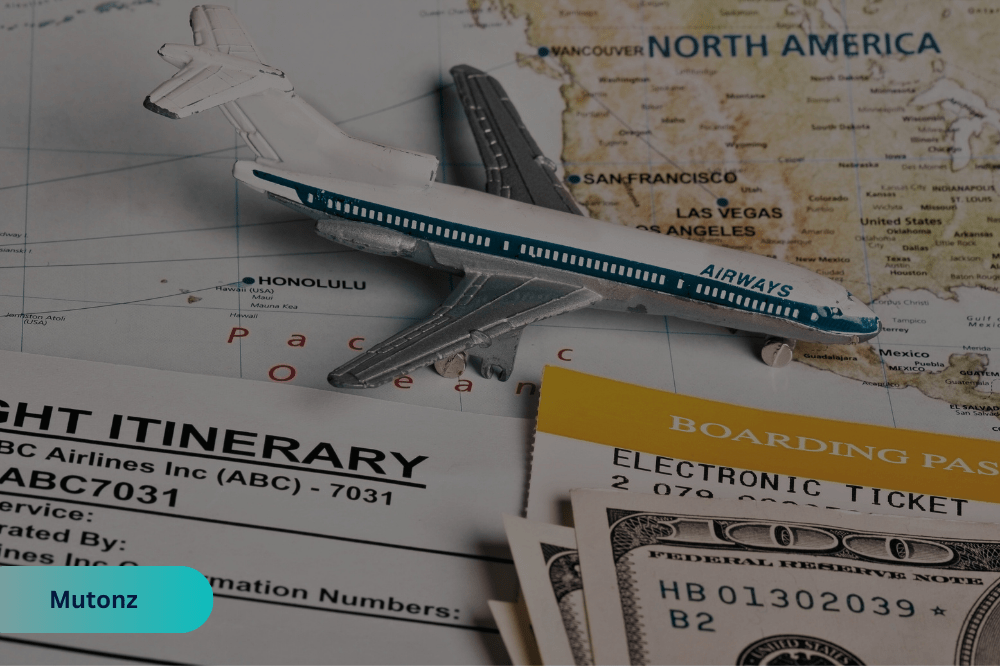Buying flights can be one of the most significant expenses when planning a trip. However, identifying the cheapest days of the week to fly can help you save some money.
So, let's explore your options and effective strategies to maximize your savings on flights. Ready to start saving on your next trip?
What Are the Cheapest Days of the Week to Fly?
According to multiple travel and financial sources, Tuesdays, Wednesdays, and Saturdays are typically the cheapest days to fly. Most travelers fly for business or leisure on Mondays, Thursdays, and Fridays, leading to higher demand and prices on these days. Airlines often release fare deals early in the week, and by Tuesday afternoon, competitors adjust their prices to match. Also, midweek flights, on Tuesdays and Wednesdays, tend to have lower passenger loads, prompting airlines to offer discounted fares to fill seats. While weekends are generally busier, Saturday is an exception for cheaper flights. Many travelers prefer flying on Fridays or Sundays to maximize their weekends, making Saturday a less popular choice. On top of that, Saturday flights often include red-eye options, which are less desirable for many travelers but more budget-friendly for those willing to sacrifice sleep for savings.What’s the Cheapest Time of Day to Fly?
The time of day can significantly affect ticket prices, with early morning and late-night flights being the most affordable. Here's why:- Early Morning Flights (6 AM or Earlier): few people are eager to wake up early for a 6 AM flight, leading to less demand and lower prices. Early flights often experience fewer delays since airports are less congested, making them not only cost-effective but also time-efficient.
- Late-Night Flights (Red-eye Flights): red-eye flights - departing late at night and arriving early the next morning - are generally avoided by families and business travelers, leading to cheaper fares. Airlines tend to save on operational costs during off-peak hours, which can be passed on to passengers through lower fares.
How To Save Money on Flights
- Book Flights Early: airlines typically release tickets 11 months in advance, and booking early can help you secure the best deals. However, avoid booking too far in advance unless it’s a peak travel season.
- Be Flexible with Your Travel Dates: flexibility is key. Use tools like Google Flights or Skyscanner to compare prices across a range of dates. Even shifting your trip by a day or two can lead to significant savings.
- Set Fare Alerts: platforms like Hopper and Kayak allow you to set alerts for specific routes. These alerts notify you when prices drop, helping you grab a deal before it’s gone.
- Use Points and Miles: leverage credit card rewards and frequent flyer programs to offset airfare costs. Accumulating miles through travel or everyday purchases can lead to free or heavily discounted flights.
- Consider Alternative Airports: flying out of or into smaller, regional airports can sometimes be cheaper than using major hubs. Compare fares from nearby airports to find the best deal.
- Travel Light: many budget airlines charge extra for checked luggage. Traveling with only a carry-on can help you avoid these fees and keep your costs low.
- Book Connecting Flights: non-stop flights are convenient but often more expensive. Opting for connecting flights can sometimes save you money, though it may extend your travel time.
- Take Advantage of Off-Peak Seasons: flying during off-peak travel times, such as late January to early March or September to early November, can result in significant savings. Avoid traveling during school holidays, major festivals, and summer.



 Roubo da Big Maple Leaf: Moeda de US$ 1 mi desaparece em Berlim
Roubo da Big Maple Leaf: Moeda de US$ 1 mi desaparece em Berlim  Short-term CDs vs. Long-term CDs: Which One is Better for You?
Short-term CDs vs. Long-term CDs: Which One is Better for You?  Save at the Pump with Amazon Prime’s New Gas Discount
Save at the Pump with Amazon Prime’s New Gas Discount